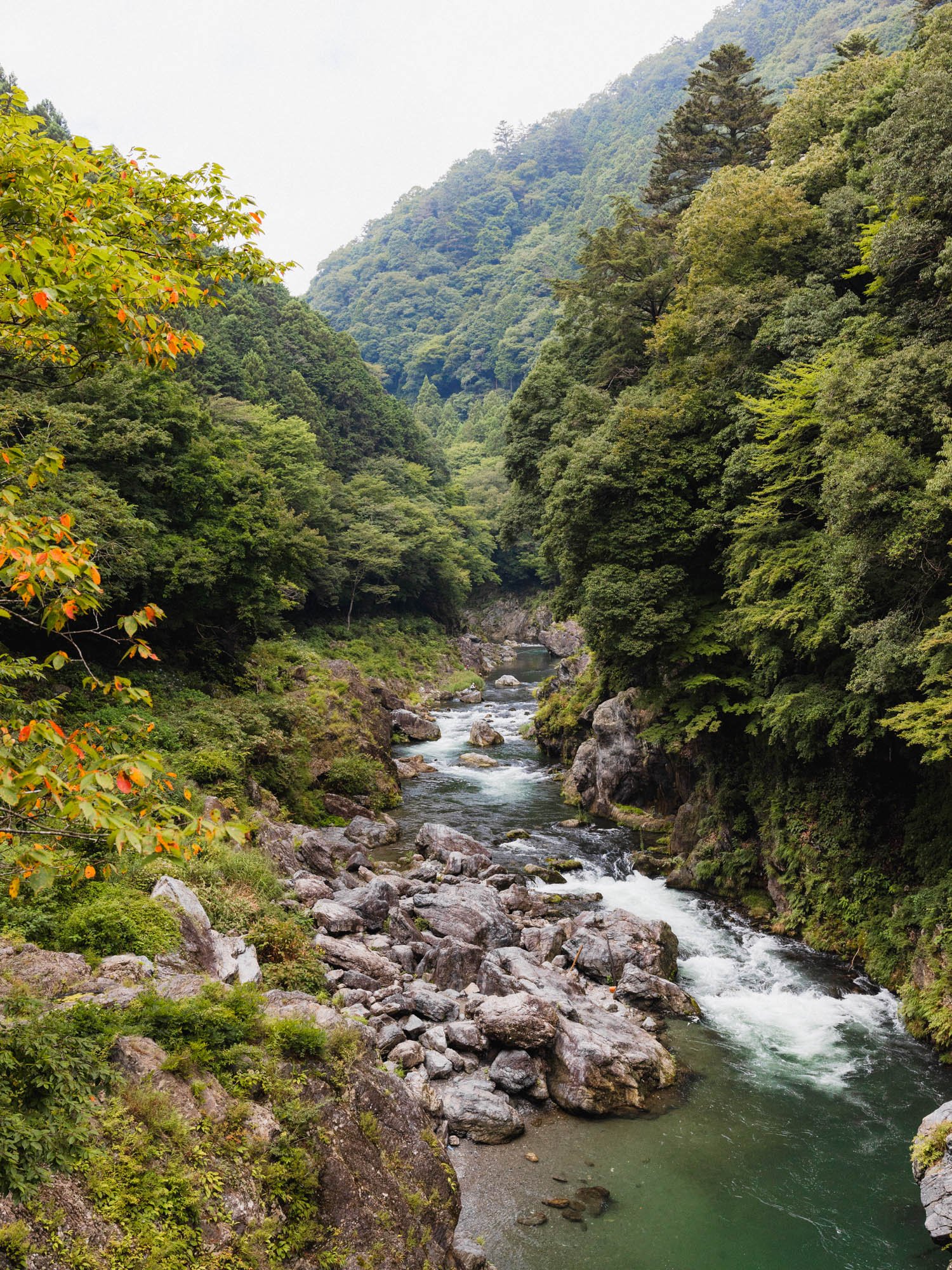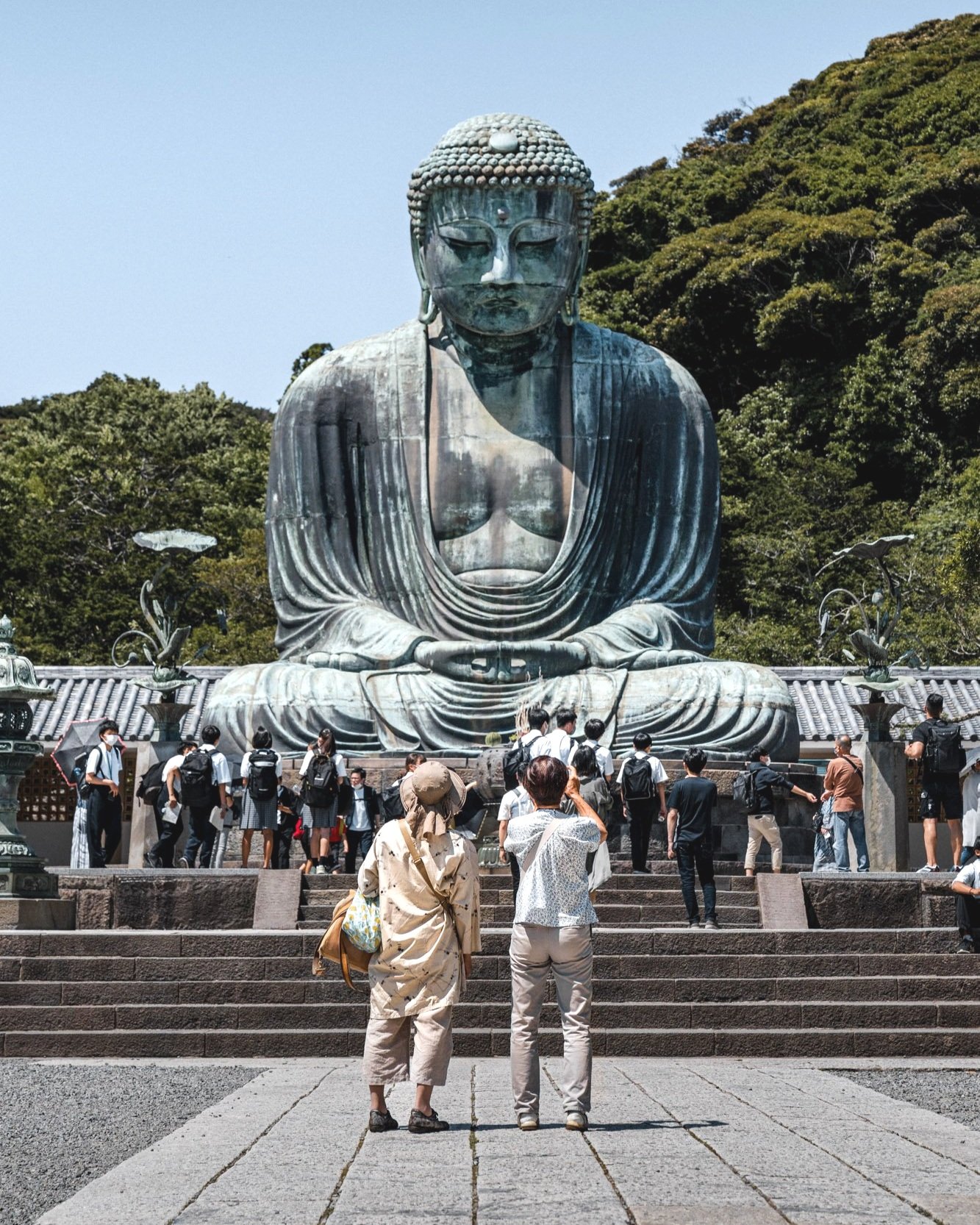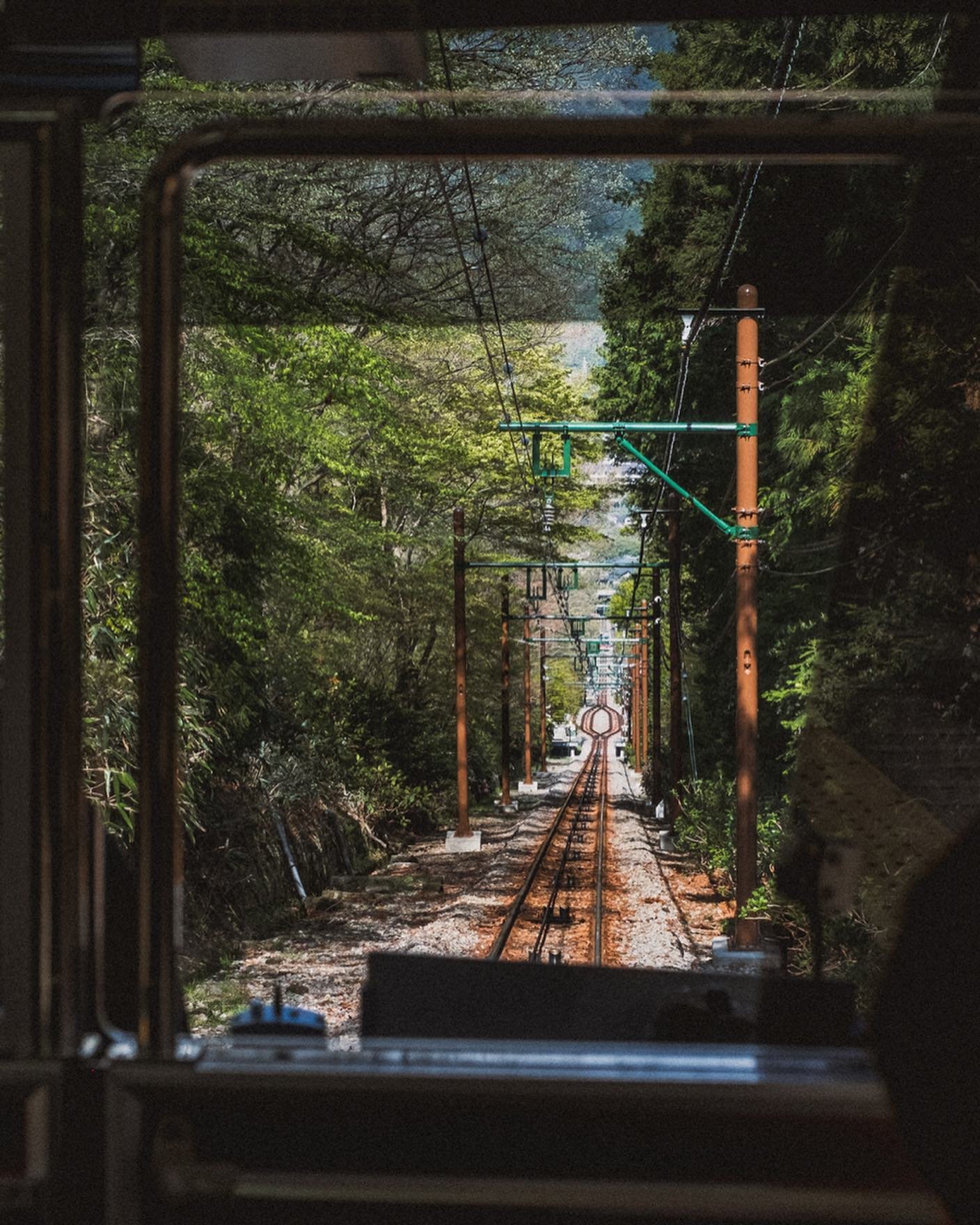Exploring Okutama: A Hidden Wilderness on the Outskirts of Tokyo
When thinking of wilderness in Japan, you wouldn’t be at fault for thinking of the active volcanoes of Hokkaido, or the pilgrimage trails of Kumano Kodo. But have you heard of Okutama? Located less than two hours away on the western outskirts of the wider Tokyo area, Okutama is a serene oasis featuring the shimmering green Ogouchi Reservoir, the pilgrimage trails of Mt. Mitake, and outdoor adventure sports on the Tama River. Surrounded by vast mountains and dense forests, Okutama is a great day trip or overnight escape for those seeking a respite from the bustling inner city of Tokyo.
Lake Okutama
Nestled amidst lush mountains, Lake Okutama offers a tranquil escape with its emerald waters reflecting the surrounding greenery. The lake is a hub for leisurely activities like kayaking and paddle boating. As you glide across the calm surface, the surrounding peaks rise majestically, creating a picturesque scene that feels worlds away from Tokyo’s frenetic pace. The well-maintained walking trails around the lake provide an easy way to appreciate the serene environment and spot local wildlife, such as colourful birds and occasional deer.
Hatonosu Ravine
Hatonosu Ravine, a dramatic gorge sculpted by the Tama River, is a must-visit for nature enthusiasts. The ravine features rugged rock formations and lush vegetation, offering a rugged yet accessible hiking experience. As you traverse the well-marked trails, the sound of rushing water and the cool breeze through the trees create a soothing atmosphere. The ravine is particularly striking during autumn when the foliage turns brilliant shades of red and orange, making the hike a feast for the eyes and senses.
Related Post: Escape the City: 6 Easy Day Trips from Tokyo.
Pilgrimage Trails of Mt. Mitake
The pilgrimage trails of Mt. Mitake offers a spiritual and scenic journey through ancient forests and up to the mountain's summit. The trails, lined with centuries-old cedar trees, lead to the Mitake Shrine, a revered site that has attracted pilgrims for centuries. Along the way, hikers can enjoy panoramic views of the surrounding landscape, including glimpses of Tokyo in the distance. The serene ambiance and the sounds of nature provide a meditative experience, making this a perfect spot for both reflection and adventure.
Making Soba at Yama No Furusato Mura
For a taste of local tradition, visit Yama No Furusato Mura, where you can experience the art of soba making. This charming village offers hands-on workshops where you can learn to make soba noodles from scratch. Under the guidance of skilled instructors, you’ll knead the dough, roll it out, and cut it into perfect strands. The process, while simple, is deeply satisfying and connects you to the region's culinary heritage. Enjoy the fruits of your labor with a delicious bowl of freshly made soba, paired with seasonal ingredients and local flavors.
Related Post: Handmade in Kanazawa: 10 Unmissable Things to Do in Japan’s Craft Capital
Where to Stay
Mikawaya Ryokan
This humble bathhouse hotel provides an authentic Japanese retreat in the heart of Okutama. This traditional inn offers a serene environment, complete with tatami mat rooms and futon bedding. Guests can enjoy soothing hot spring baths and a traditional kaiseki dinner prepared with local ingredients. The ryokan's location allows easy access to nearby attractions, and its peaceful ambiance makes it an ideal spot to unwind after a day of exploration. The warm hospitality and attention to detail ensure a memorable and immersive stay.
Discover lesser-known destinations, bucket list experiences and unique hotel recommendations in my brand-new guidebook, Views from Japan.
10 Tricks & Tips for a Visit to Okutama
Add Pasmo or Suica to your phone — The digital travel cards can be used for trains, buses, convenience stores, and even vending machines.
Wear comfortable hiking shoes — Many of Okutama's attractions involve walking or hiking.
Bring a refillable water bottle — Stay hydrated while exploring the outdoor areas.
Check weather forecasts before heading out — Mountain weather can change rapidly.
Carry cash — Some smaller shops and restaurants may not accept cards.
Respect local wildlife — Keep a safe distance from animals and do not feed them.
Use insect repellent — Especially important during the warmer months.
Learn basic Japanese phrases — While many locals understand English, a few words in Japanese can go a long way.
Book accommodations in advance — Particularly during peak travel seasons.
Plan your route — Make sure to map out your trip to maximize your time in Okutama.
Best Time to Visit
The best time to visit Okutama is during the spring and autumn months. Spring brings mild temperatures and blooming cherry blossoms, which create a picturesque landscape around the lake and hiking trails. Autumn offers vibrant foliage, especially in the Hatonosu Ravine and on Mt. Mitake, providing a stunning backdrop for outdoor activities. Summer, while warmer and busier, is ideal for water sports on Lake Okutama, and winter provides a quieter experience, with the possibility of snow-capped scenery.
Getting Around
Getting around Okutama is straightforward with a mix of public transportation and walking. The area is well-connected by JR trains from central Tokyo to Okutama Station, and from there, local buses or taxis can take you to various attractions. For those who enjoy hiking, many sites are accessible via scenic trails from the station. Renting a bicycle or car can also be a convenient option for exploring the more remote areas of Okutama. Make sure to check transportation schedules in advance, especially if you plan to visit during peak seasons.
Discover Japan, Minus the Crowds.
Are you tired of seeing the same over-crowded locations in Japan? I want to offer you a more meaningful experience; one that inspires you to travel to lesser-known destinations and explore Japan’s unique cultural experiences. Views from Japan is a brand new travel guidebook packed with over 260 unique experiences and timeless destinations, giving you all the tools so that you can create a once-in-a-lifetime Japan itinerary.


















